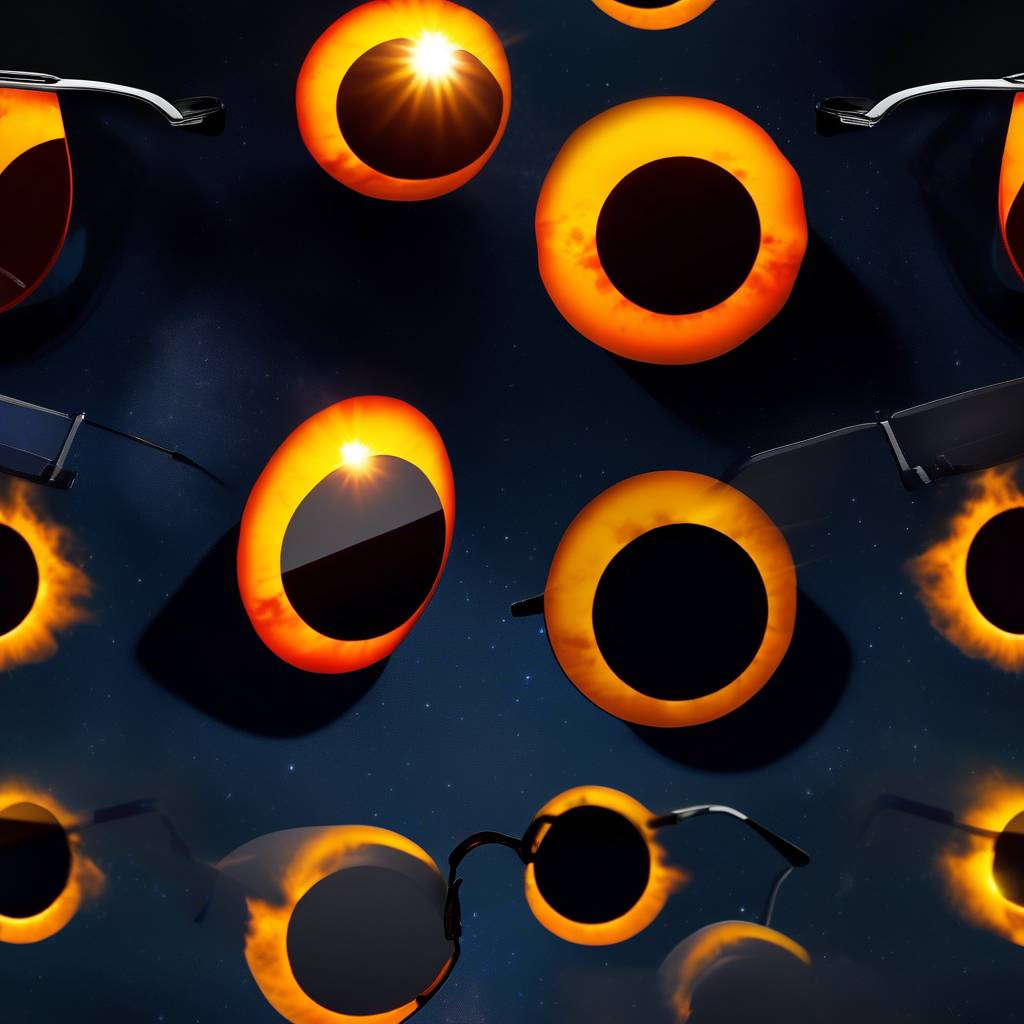The solar eclipse occurring on April 8 will cast a shadow on Earth, turning day into night in certain areas. The path of totality for this eclipse will pass over Mexico, the U.S., and Canada, making it much wider and more populated than the 2017 solar eclipse. NASA predicts that 99% of Americans will have the opportunity to witness at least a partial eclipse from their locations. However, it is crucial to remember that staring directly at the sun during an eclipse can be harmful for your eyes, potentially leading to permanent vision loss.
Looking at the sun during a solar eclipse can result in solar retinopathy, which can cause blind spots, distortions, or a loss of contrast in central vision necessary for activities such as reading and driving. Reports have shown that individuals have experienced legal blindness in at least one eye after viewing eclipses. Unfortunately, young adults may be more susceptible to eye injury due to larger pupils and a lack of awareness regarding the dangers of inadequate eye protection. It is essential to take precautions to safeguard your vision during the eclipse.
Regular sunglasses are not sufficient for protecting your eyes from the sun’s powerful rays during an eclipse. The only safe way to view a solar eclipse is with special glasses equipped with filters designed to block sunlight from reaching your eyes. These glasses should meet the ISO 12312-2 standard to reduce the amount of light entering your eyes significantly. It is essential to wear these glasses even during a total eclipse when the sun is entirely blocked by the moon, as the sun can reappear suddenly, causing potential damage.
If you own glasses or hand-held solar viewers that meet the necessary standard from the 2017 solar eclipse, you can use them again as long as they are in good condition. It is crucial to inspect the glasses for any damage such as scratches or tears before using them during the eclipse. The American Astronomical Society provides a list of reputable vendors and advice on spotting counterfeit glasses. Remember to wear the glasses whenever you want to observe the sun, especially during partial eclipses when even a small sliver of the sun’s brightness can be damaging.
Symptoms of solar retinopathy typically appear within hours of sun gazing and may include blurry vision, central blind spots, color vision deficiency, distorted vision, and headaches. Individuals experiencing vision problems after viewing a solar eclipse should seek immediate evaluation by an ophthalmologist. While there is no definitive treatment for solar retinopathy, partial recovery of vision may be possible in some cases. It is essential to take eye protection seriously during the eclipse and seek medical attention promptly if any symptoms of eye damage occur.









